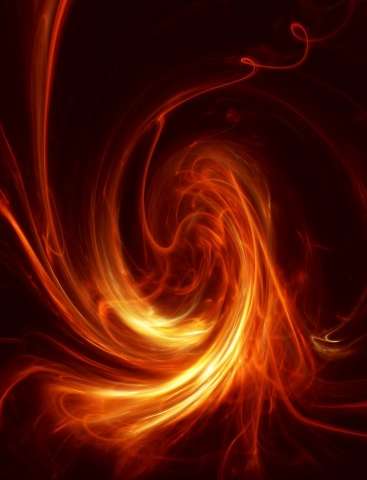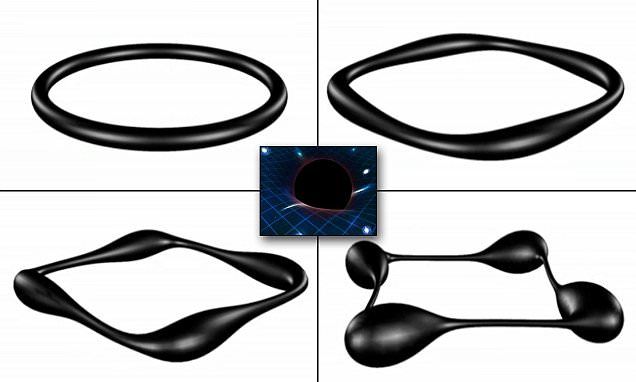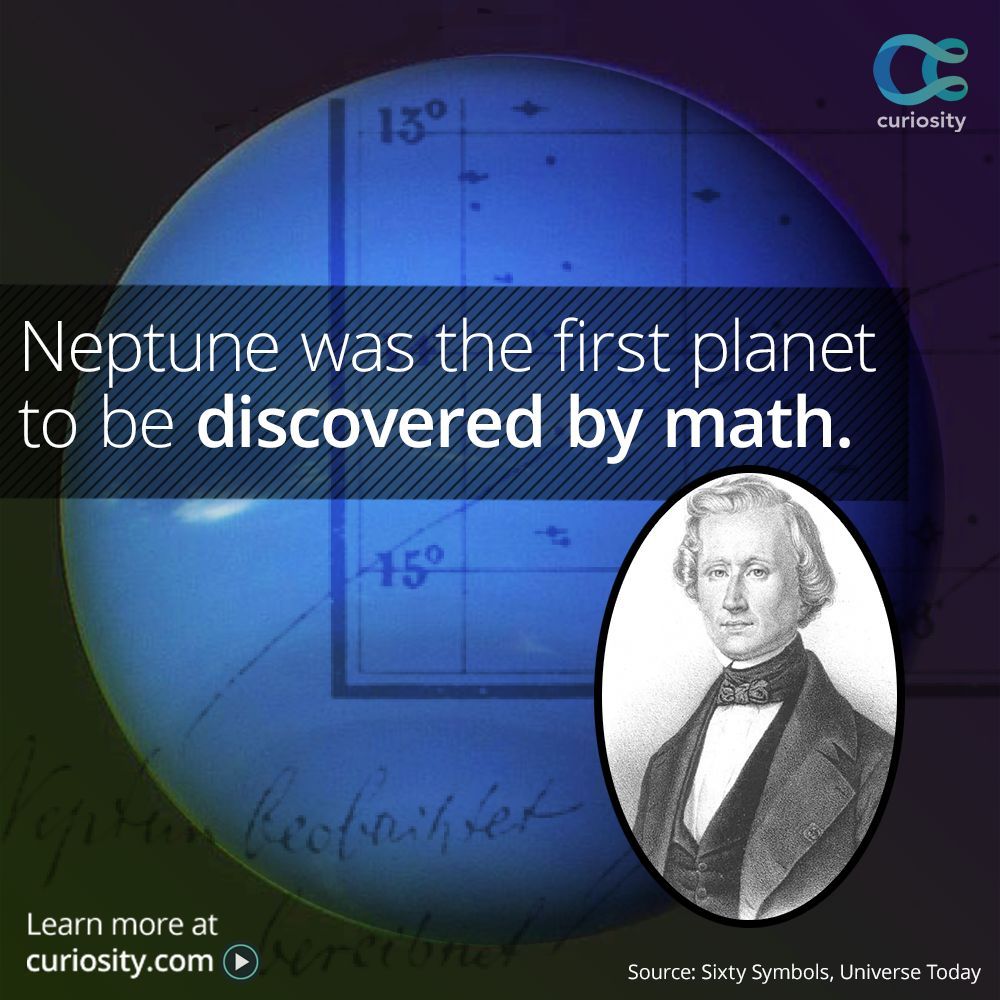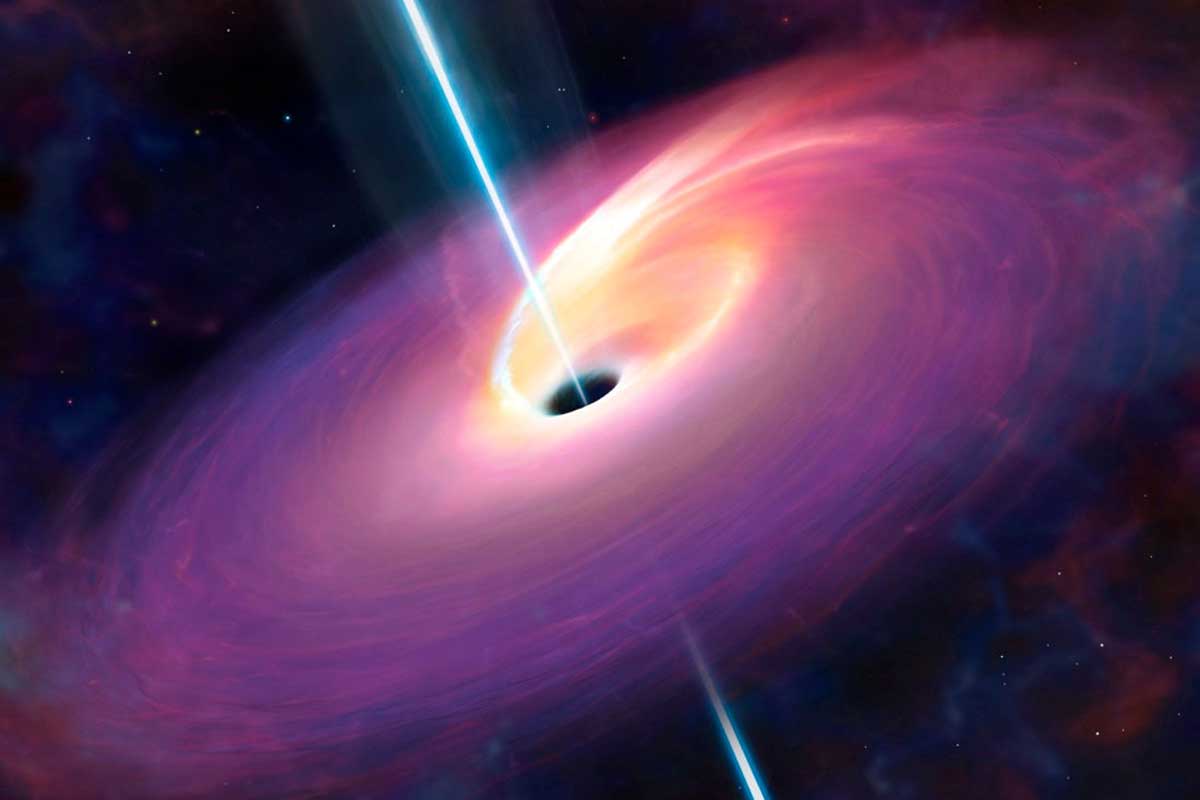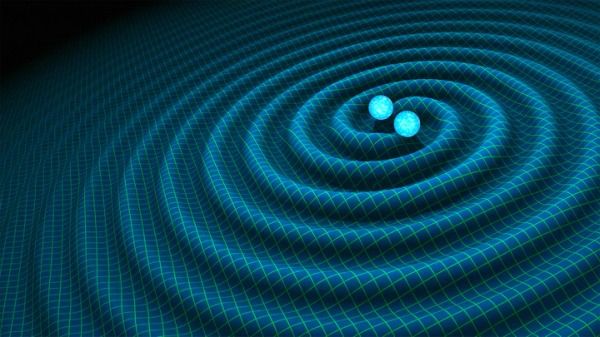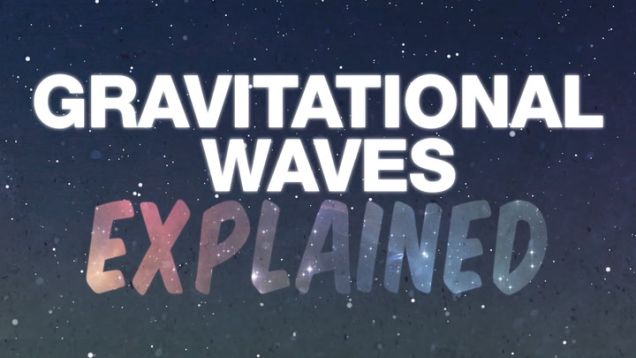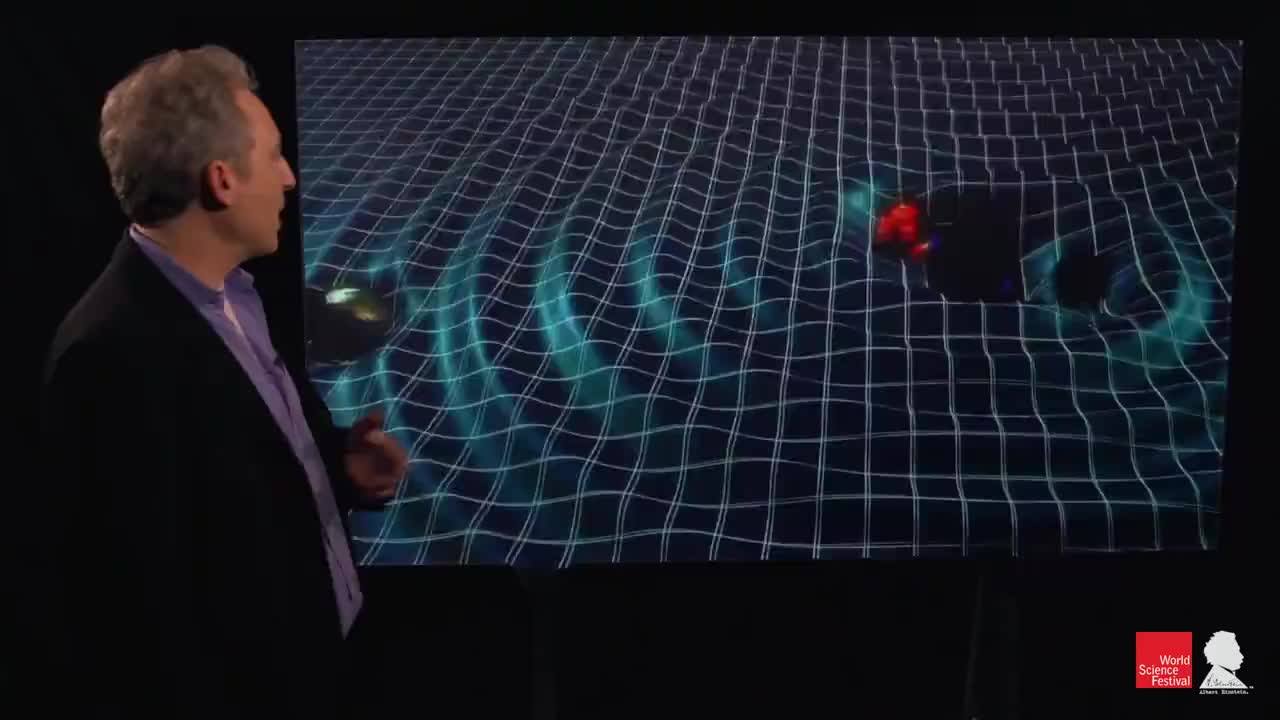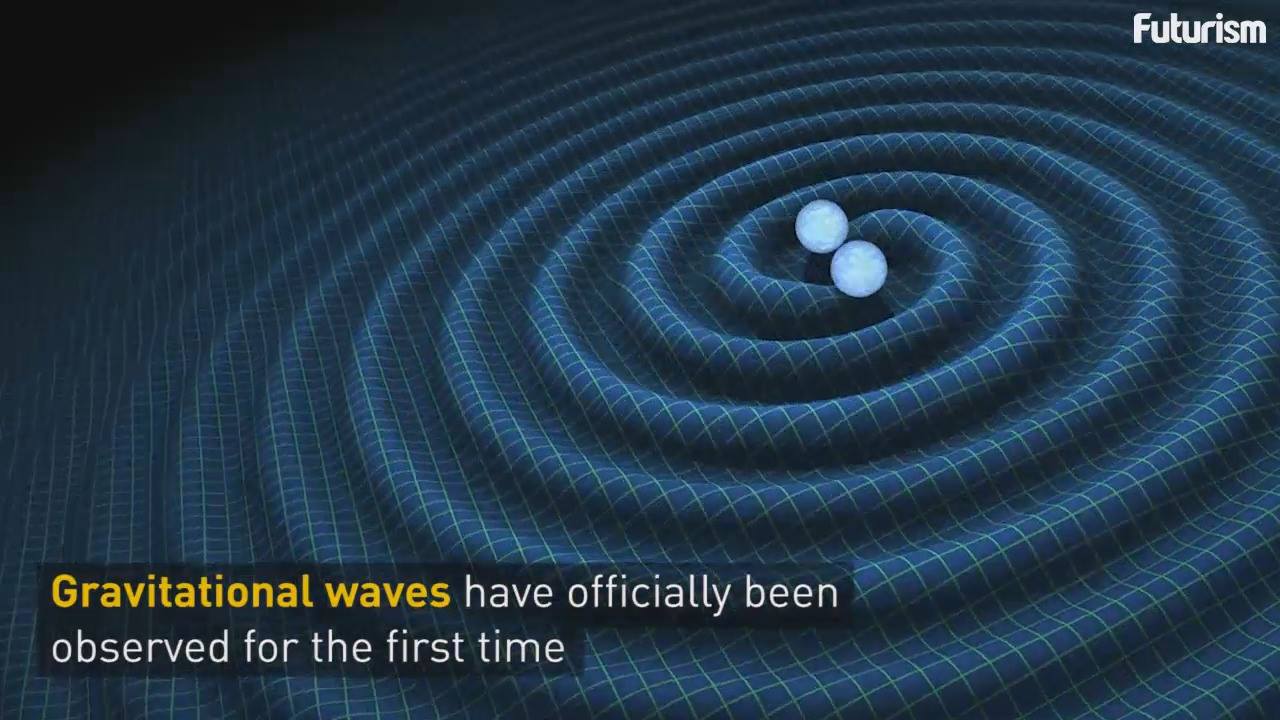Since Albert Einstein first predicted their existence a century ago, physicists have been on the hunt for gravitational waves, ripples in the fabric of spacetime. That hunt is now over. Gravitational waves exist, and we’ve found them.
That’s according to researchers at the Laser Interferometer Gravitational Wave Observatory (LIGO), who have been holed up for weeks, working round-the-clock to confirm that the very first direct detection of gravitational waves is the real deal. False signals have been detected before, and even though the rumors first reported by Gizmodo have been flying for a month, the LIGO team wanted to be absolutely certain before making an official announcement.
That announcement has just come. Gravitational waves were observed on September 14th, 2015, at 5:51 am ET by both of the LIGO detectors, located in Livingston, Louisiana, and Hanford, Washington. The source? A supermassive black hole collision that took place 1.3 billion years ago. When it occurred, about three times the mass of the sun was converted to energy in a fraction of a second.
Read more
